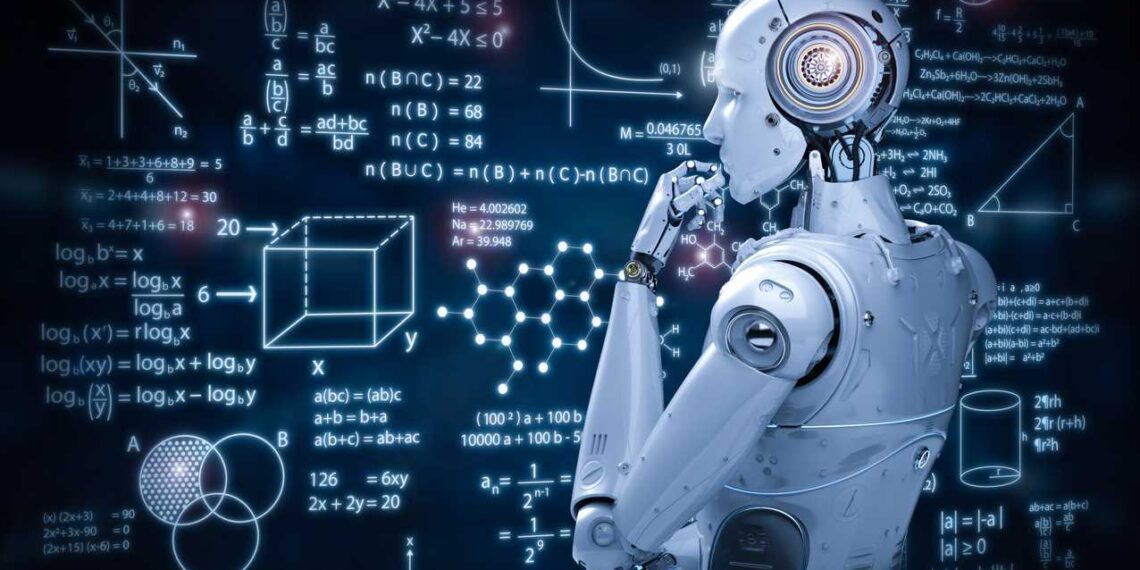In the modern world, we are constantly surrounded by new technologies and applications that offer better ways of doing things. Blockchain and robotics are two such technologies that have been recently introduced to the public domain. But seeing how they are connected shows us the myriad of uses that Blockchain has now and in the future. If you don’t want robots to be hacked to take over the world, then you need security. And right, no technology is more secure than Blockchain.
Some Facts About Blockchain
Blockchain is a technology that allows users to record their transactions on an immutable digital ledger. It’s decentralized, meaning it is not controlled by any single entity. It also doesn’t have a central database that stores all the data. Instead, it has thousands of distributed ledgers, called blocks, which are linked together and verified by miners or computers running in the network at any given time.
For example, when you make an online payment through your bank account, you use your unique banking credentials—namely username and password—to authorize that transaction with your bank or credit card provider. Since it does not run from one central location, it is less susceptible to hacking and corruption.
Robots are Limited in Their Abilities
Robots that have been programmed or taught by human beings are a bit limited in nature since they lack creativity. These robots can only do what they know how to do, and this is usually dictated by the programming of their creators. It’s not possible for these types of robots to learn new things or make decisions on their own because they don’t have any cognitive abilities as humans do. They can only perform tasks that are pre-programmed into them using artificial intelligence (AI).
Blockchain Allows for Autonomy
Blockchain technology is helping robotics reach its potential by providing an opportunity for them to become more autonomous than ever before. With AI, you can have robots that can perform tasks without being explicitly programmed to do them by humans. As we’ve seen so far, robots are good at performing tasks that have been programmed explicitly by humans. But what if our robots could learn on their own? What if they could perform new tasks without being explicitly programmed for them by us?
For example, you may want your robot to be able to walk around the house and clean up after you. However, current-day robots will still only do what they were specifically asked to do. They cannot figure out how to clean up after themselves based on their surroundings or even from experience with past cleaning jobs. To make this possible, artificial intelligence (AI) was developed in order to give machines the ability to learn from experience rather than just following fixed rules or instructions.
AI is essentially a subset of robotics. The key difference between AI and traditional robotics is that while both have similar goals, the former focuses primarily on programming computers or other devices with cognitive abilities such as problem-solving.
Blockchain Allows for More Machine Learning
Machine learning models are used to train robots by allowing them to make mistakes and learn from them, which is the same approach used for human beings when teaching them how to behave. As you know, robots are now being used for many different purposes. They have been serving in the military, healthcare industry, transportation, and even in our homes.
Sarcos Robotics makes powerful devices that can be used in many different scenarios. Robots are not only used to perform tasks that are too dangerous or difficult for humans, but they also help us with everyday living and make our lives much easier. Leveraging a Blockchain-based system will allow these robots to perform better without as much human programming to make adjustments.
Other Applications of Blockchain and Robotics
Authentication is one area where Blockchain can shine. Blockchain could allow robots to identify themselves as authentic and trustworthy. This will allow them to interact with humans more effectively by removing the need for third-party authentication systems such as certificates or driver’s licenses.
Want robotic systems that can make decisions? In the area of smart contracts and Blockchain, this is a very real possibility. Blockchain has empowered the creation of smart contracts. Smart contracts can be used to exchange money, property, shares, or anything of value. You can use a smart contract to send digital currency over the Internet or restore a lost password. In order for robots to make decisions based on data they collect from the real world, they must be able to interpret it correctly and make accurate predictions about outcomes based on this information. Smart contracts help to identify parameters and ultimately give robotic systems a greater ability to make these decisions.

